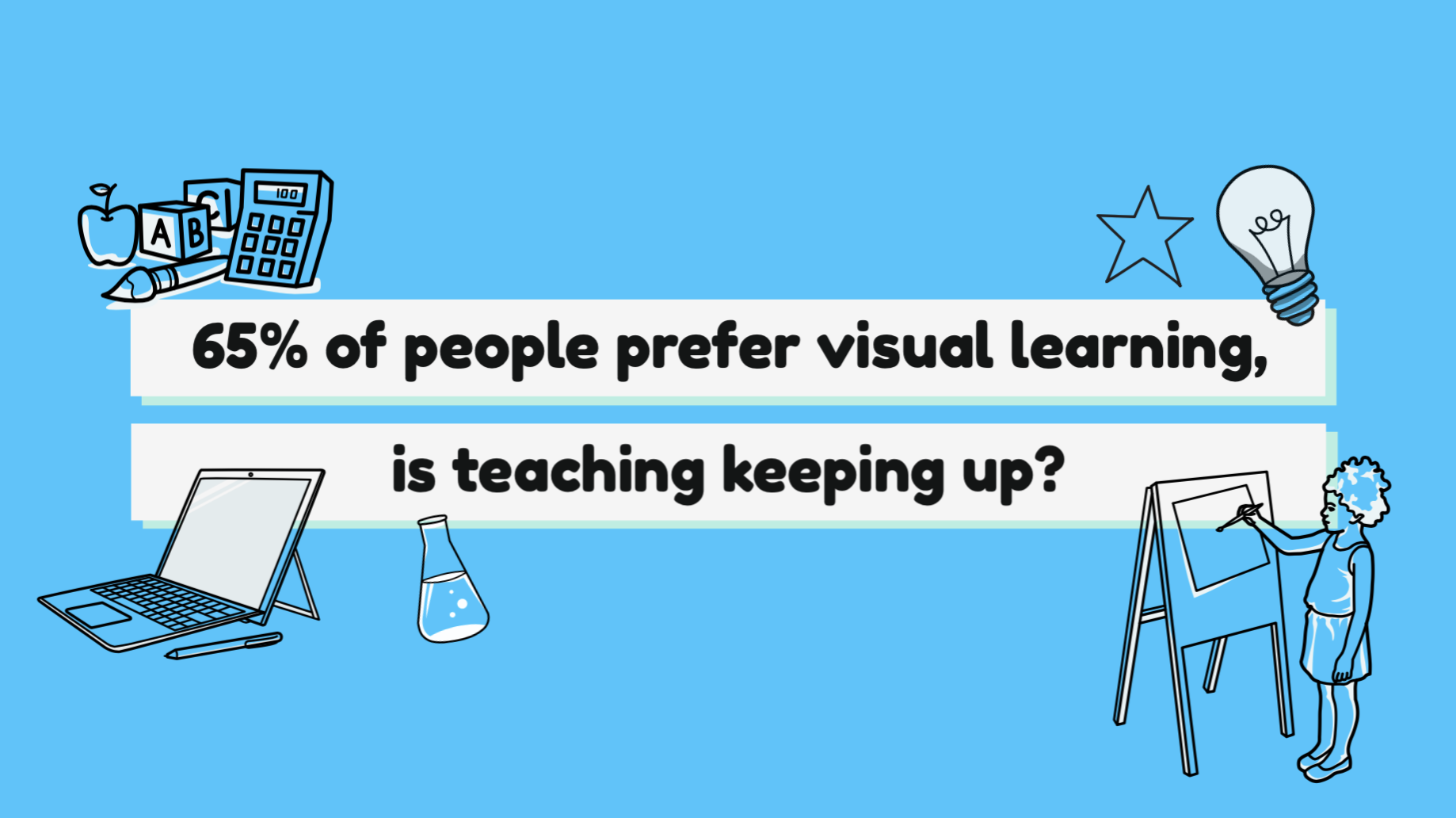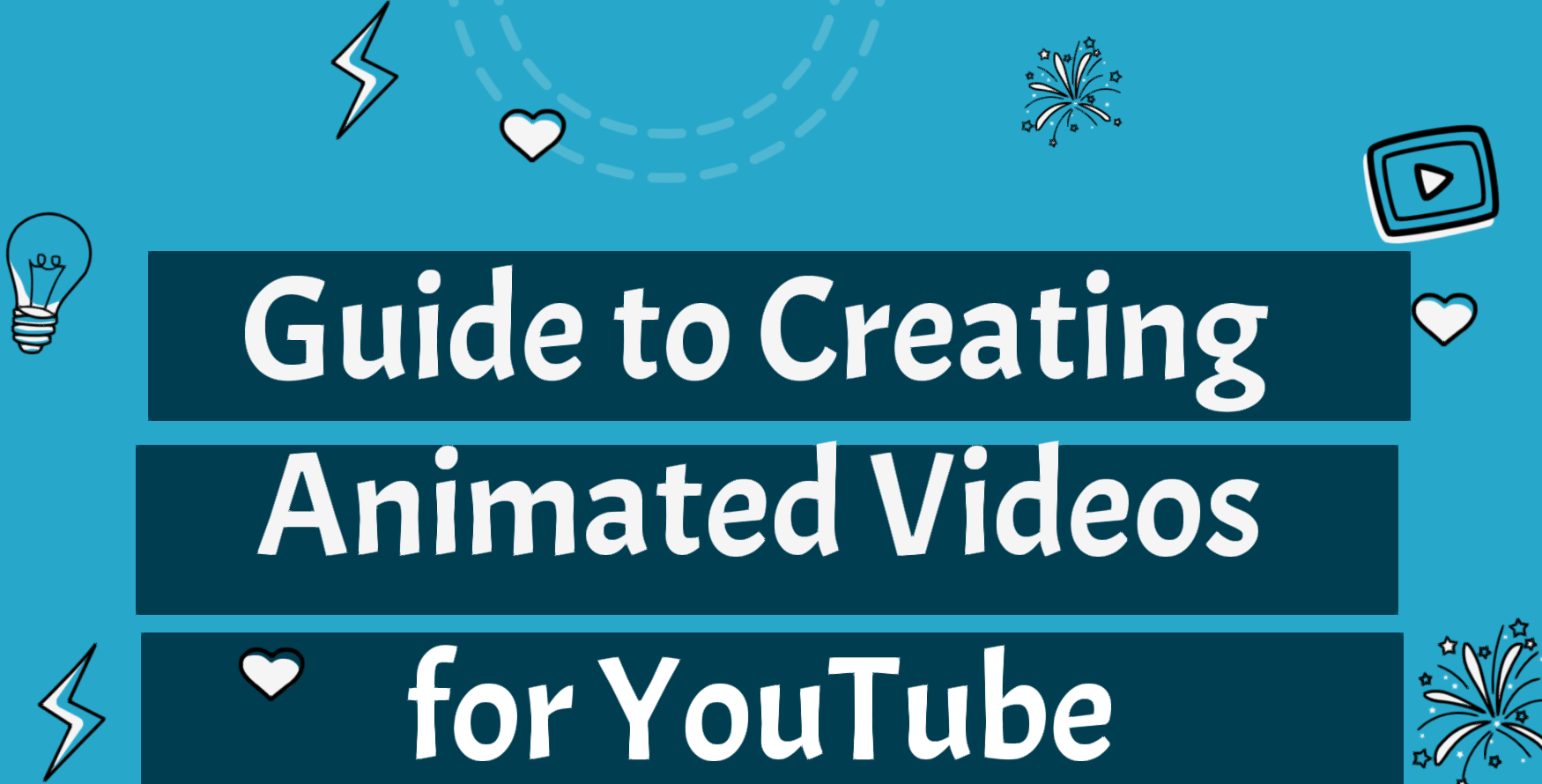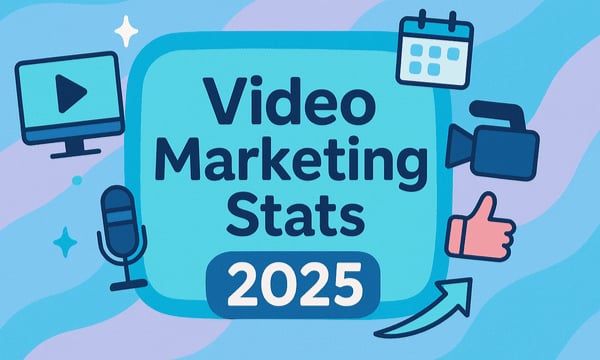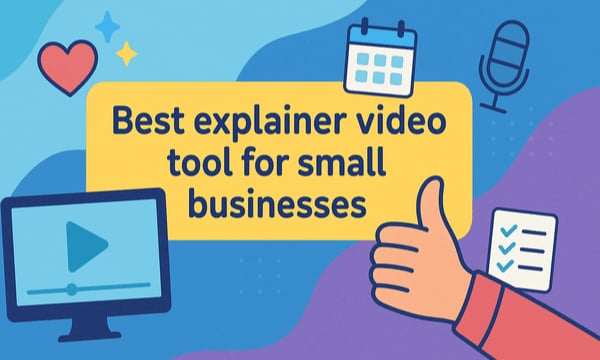Transform your training with animated videos that actually stick
Remember the last corporate training session that put you to sleep? We've all been there. But training doesn't have to be a snooze-fest anymore.
Video has completely changed the game. And the numbers back it up: viewers retain 95% of a message when they watch it in a video compared to just 10% when reading text. That's not just a slight improvement, it's a complete transformation in how people learn.
Whether you're an HR manager onboarding fresh talent, a sales enabler teaching product features, or an educator breaking down complex concepts, animated training videos can turn your content from forgettable to unforgettable.
Start with crystal-clear learning objectives
Before you even think about animations or scripts, ask yourself: what do you want people to actually do after watching your video?
Great training videos don't just inform—they transform behavior. Maybe you want new hires to complete their paperwork correctly the first time. Perhaps you need sales reps to nail that tricky product demo. Or you're helping students grasp a challenging concept.
Write down your objectives. Be specific. Instead of "understand our company culture," try "identify and apply our five core values in daily work situations." See the difference? One's vague, the other's actionable.
Next, think about who's watching. A training video for Gen Z interns will look wildly different from one for senior executives. Consider their experience level, learning preferences, and even their sense of humor. The best training videos feel like they were made just for the viewer.
Structure your content for maximum stickiness
Here's a secret from cognitive science: our brains love patterns and stories. They're literally wired for it. So give them what they want!
Break your content into bite-sized chunks. Think of each section as a mini-chapter with its own beginning, middle, and end. Start with a hook—maybe a surprising statistic or a relatable problem. Then deliver the meat of your content. Finally, wrap up with a quick summary or action item.
For example, if you're creating employee training videos about cybersecurity, don't just list threats. Tell the story of how one phishing email almost cost a company millions. Show how the attack worked. Then demonstrate the simple steps that could have prevented it.
Write scripts that sound human
Nobody talks like a corporate manual. So why should your training videos?
Write like you're explaining something to a friend over coffee. Use contractions. Throw in the occasional "here's the thing" or "you know what?" It makes your content feel conversational and approachable.
But here's where it gets interesting—add interactive elements to keep viewers engaged. Pose questions. Create mini-challenges. Give them a moment to predict what happens next. Companies using video for training report 50% higher employee engagement, and interaction is a huge part of why.
Remember to signpost throughout your script. Tell viewers what's coming: "In the next 30 seconds, you'll learn three ways to handle difficult customer calls." It helps them mentally prepare and stay focused.
VideoScribe's AI script generator can polish your fist draft or even create one from scratch for you. Learn more about the magic formula for creating fabulous scripts with AI.
Choose visuals that enhance understanding
The beauty of animated training videos? You're not limited by reality. You can show the inside of a machine, illustrate abstract concepts, or create memorable characters that guide learners through complex processes.
Whiteboard animation works brilliantly for step-by-step instructions. Watching a hand draw out each stage creates a natural pace that helps viewers follow along. It's perfect for technical training or process documentation.
Character animations shine for soft skills training. Create scenarios where characters face realistic workplace situations. Viewers can see body language, observe interactions, and learn from both good and bad examples—without any real-world awkwardness.
Keep your color palette simple and consistent. Too many colors can distract from your message. And remember: every visual element should serve a purpose. If it doesn't help explain or engage, it's just noise.
Nail the pacing (hint: slower than you think)
Here's a common mistake: cramming too much into too little time. Your brain needs processing time, especially when learning something new.
Plan for pauses. After introducing a key concept, give viewers a beat to absorb it. Use visual cues like a character thinking or a diagram building gradually. These moments aren't wasted—they're essential for comprehension.
Music and voiceover add another dimension. Choose background music that enhances without overwhelming. For voiceover, aim for a conversational pace—about 150 words per minute. Any faster and viewers struggle to keep up.
Make the most of training video creation tools
The right training video software can make the difference between a painful production process and an enjoyable creative experience.
Look for tools with templates designed specifically for training content. VideoScribe, for instance, offers whiteboard animation templates that work perfectly for explaining processes, plus character animations for scenario-based learning. You don't need animation expertise—just drag, drop, and customize.
The best training video makers let you focus on your content, not technical hurdles. Features like automatic timing, pre-made scenes, and built-in music libraries save hours of production time. That means you can iterate quickly based on learner feedback.
Measure what matters
Creating training videos isn't a "set it and forget it" deal. The real magic happens when you track results and refine your approach.
Start with completion rates. Are people watching to the end? If they're dropping off halfway, your video might be too long or losing momentum. Organizations using video-based training see a 40% improvement in learning retention rates, but only if people actually watch the content.
Quiz scores tell another story. Compare results before and after video training. Look for specific topics where scores improve dramatically—these are your video victories. Areas with minimal improvement might need a different approach.
But don't just rely on numbers. Ask learners directly: What stuck with them? What confused them? Which parts made them laugh or think differently? This qualitative feedback is gold for your next video.
Your turn to create training magic
The shift from boring training materials to engaging video content isn't just a nice-to-have anymore. 75% of employees prefer watching videos to reading documents. And 83% of HR professionals believe video training creates a more engaging learning experience.
The best part? You don't need a film degree or massive budget to create effective training videos. With the right approach and tools, you can transform dry content into memorable learning experiences.
Start small. Pick one training topic that's currently delivered through text or slides. Plan it out. Script it conversationally. Add visuals that clarify rather than decorate. Test it with a small group. Refine based on feedback.
Before you know it, you'll have learners actually looking forward to training. And that's when real transformation happens.
Ready to create training videos that your team will actually want to watch? Start your free VideoScribe trial today and see how easy it is to turn complex information into engaging animated content. No experience required. Try VideoScribe free for 7 days 🎯
And the best part? you can get started straight away with any of the templates featured in this post and more!


.png)



![How to create animation magic [3-part guide to video success]](https://blog.videoscribe.co/hubfs/How%20to%20create%20animation%20magic%20guide%20VideoScribe.png)


%20(1).png)


COMMENTS